Введение в купоны на коррозию и накипь
Купоны на коррозионную стойкость, обычно изготовленные из того же материала, что и трубопроводы системы, подвергаются воздействию тех же жидкостей и условий. Это воздействие помогает определить коррозионную активность среды, в которой они работают. Купоны Scale, с другой стороны, специально разработаны с перфорацией. Эти перфорации помогают выявить любое потенциальное отложение накипи, что имеет решающее значение для оценки тенденций образования накипи в жидкостях.
Купоны на коррозию и накипь служат важными инструментами в промышленных условиях. Эти инструменты в первую очередь отслеживают и измеряют скорость коррозии и образования накипи в трубопроводах и оборудовании. Отрасли используют эти купоны для имитации внутренних условий своих операционных систем. Таким образом, они собирают критически важные данные о процессах деградации и накопления материала, которые происходят во время регулярных операций.
Оба типа купонов жизненно важны для поддержания целостности и эффективности промышленных систем. Они позволяют операторам прогнозировать потенциальные отказы и принимать соответствующие превентивные меры. Кроме того, эти купоны помогают оценить эффективность ингибиторов коррозии и солеотложений, используемых в системе. Таким образом, они вносят существенный вклад в оптимизацию стратегий технического обслуживания и продление срока службы оборудования.
Материал и экспозиция
Купоны на коррозионную стойкость обычно состоят из низкоуглеродистой стали ANSI 1018 или 1020. Эти материалы тесно взаимодействуют со многими композициями промышленных трубопроводов. Промышленность выбирает эти материалы из-за их репрезентативного характера при испытаниях на коррозию. Благодаря использованию того же материала, что и в трубопроводе, купоны точно отражают коррозию, возникающую в реальной системе. Операторы размещают эти купоны непосредственно в потоке технологических жидкостей. Это гарантирует, что они будут находиться в тех же условиях, что и трубопровод. Сходство материалов и условий воздействия позволяет получить достоверные результаты оценки.
Метод оценки
Чтобы определить скорость коррозии, операторы измеряют потерю веса купона после периода его воздействия. Этот метод напрямую отражает интенсивность коррозии, воздействующей на систему. Точные весы измеряют незначительные изменения веса, которые указывают на степень потерь материала. После раскрытия некоторые купоны также могут содержать депозиты. В соответствии со стандартом NACE RP0775 операторы должны тщательно отделять и взвешивать эти отложения. Этот стандарт содержит рекомендации по идентификации и обработке месторождений, обеспечивая последовательный и точный анализ. Таким образом, они могут количественно оценить степень образования накипи или продуктов коррозии, отложенных с течением времени.
Купоны Scale
Дизайн и размещение
Купоны Scale Coupon специально разработаны с перфорацией, чтобы подчеркнуть и эффективно улавливать отложения накипи. Эти перфорации помогают собирать накипь непосредственно из потока жидкости, обеспечивая четкий индикатор интенсивности образования накипи. Операторы обычно стратегически размещают эти купоны в системе, где они получают максимальное воздействие проточной среды. Такое размещение гарантирует, что купоны будут находиться в условиях, характерных для всей системы, что позволяет осуществлять точный мониторинг весов.
Методы оценки
Чтобы рассчитать средний темп роста масштаба, операторы периодически снимают купоны масштаба и измеряют накопленные депозиты. Они взвешивают отложения и сравнивают эти цифры со временем воздействия, чтобы рассчитать скорость роста накипи. Затем серьезность образования отложений оценивается на основе того, насколько быстро и плотно накапливаются отложения в купонных отверстиях. Более быстрое и плотное накопление указывает на более высокую степень образования накипи, что требует корректировки очистки воды или работы системы.
Типы купонов Scale
В основном существует два типа купонов на шкалу: полосовые и цилиндрические. Купоны на ленту чаще используются из-за их простоты и легкости установки и оценки. Цилиндрические купоны, хотя и обеспечивают различную геометрию поверхности, менее распространены, но могут использоваться в определенных приложениях, где их форма может более точно имитировать условия системы.
Применение для оценки лечения от накипи
Купоны от весов играют решающую роль в оценке и анализе эффективности методов лечения от накипи. Наблюдая за изменениями в отложениях накипи до и после применения обработки, операторы могут оценить эффективность различных химических веществ или стратегий физической обработки. Эта прямая обратная связь позволяет точно настроить процесс обработки, оптимизируя защиту системы от повреждений и неэффективности, связанных с накипью.
Изолированные купоны на коррозионную стойкость
Установка и характеристики:
Изолированные коррозионные купоны обычно имеют размер от 3/4 × 3 × 1/8 дюйма. Эти размеры делают их пригодными для различных промышленных применений. Операторы часто устанавливают эти купоны рядом с нагнетательными скважинами, особенно в местах, которые меньше подвержены влиянию работы завода, например, в самой удаленной от завода скважине с наименьшим объемом. Такое стратегическое размещение помогает собирать данные, которые отражают типичные системные условия, а не аномалии.
Для приготовления препарата промышленность придерживается метода ASTM G1-72 и NACE RP 07-75. Эти стандарты регулируют подготовку и обращение с коррозионными купонами для обеспечения стабильности и надежности. В них описываются процедуры очистки, взвешивания и документирования купонов как до, так и после контакта.
Операционная аналитика:
Изолированные коррозионные купоны предназначены для измерения коррозионной активности воды в изоляции от электрических воздействий системы. Они достигают этого за счет электроизоляции от системы, которая якобы изолирует их от внешних коррозионных факторов. Однако на практике эти купоны часто раскрывают больше информации о состоянии системы. Проводящие пленки, часто образующиеся из-за роста бактерий или других загрязнений, могут нарушить изоляцию. Это явление позволяет купонам непреднамеренно измерять более широкую коррозионную активность системы. Таким образом, результаты использования изолированных купонов могут дать неожиданную информацию об общем состоянии и проблемах, стоящих перед промышленной системой, помимо коррозионной активности воды. Эта двойная функциональность, хотя и непреднамеренная, повышает ее полезность при диагностике системных проблем.
Сравнительный анализ скоростей коррозии
Факторы, влияющие на скорость коррозии:
Купоны на коррозионную стойкость могут иметь более высокую скорость коррозии, чем соседние катушки или трубки, по нескольким причинам. Во-первых, материал талонов может быть более подвержен коррозии. Даже незначительные различия в составе материала могут существенно повлиять на скорость коррозии. Кроме того, решающее значение играет чистота купонов на коррозию. Свежеприготовленные и чистые купоны могут быстрее корродировать при воздействии агрессивной среды. Наконец, среда, в которой операторы устанавливают купоны, влияет на скорость их коррозии. Размещение в зонах с высокой коррозионной активностью или там, где защитные покрытия нарушены, обычно свидетельствует о повышенной коррозии.
Влияние турбулентности и характеристики отложений:
Способ, которым операторы устанавливают коррозионные купоны, может сильно повлиять на местные характеристики потока. Неправильное размещение может создать необычные модели потока, увеличивая турбулентность вокруг купона. Эта повышенная турбулентность может увеличить скорость коррозии за счет постоянного удаления защитных слоев с поверхности купона. Более того, турбулентность влияет на то, как формируются депозиты по купону. В зонах с высокой турбулентностью отложения могут плохо адгезировать, в то время как в зонах с низкой турбулентностью могут накапливаться толстые отложения, влияющие на процесс коррозии. Оба сценария дают критически важное представление о динамическом взаимодействии между условиями потока и деградацией материалов в промышленных системах.
Заключение
Купоны на коррозию и накипь играют жизненно важную роль в мониторинге и поддержании целостности трубопровода. Эти инструменты дают важную информацию о внутренних условиях промышленных систем. Точно имитируя системную среду, они позволяют операторам прогнозировать и предотвращать потенциальные сбои. Кроме того, важность точных методов оценки невозможно переоценить. Последовательное применение этих методов обеспечивает надежный сбор данных. Соблюдение отраслевых стандартов, таких как NACE и ASTM, повышает достоверность этих оценок. В конечном счете, это стремление к точности и стандартизации лежит в основе эффективного управления системой, защиты оборудования и оптимизации операционной эффективности.



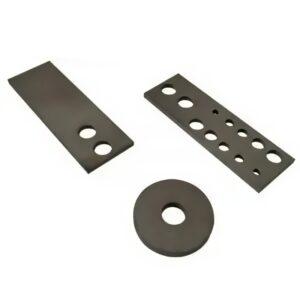
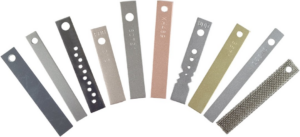
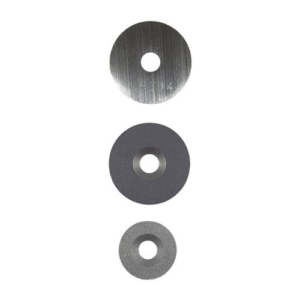
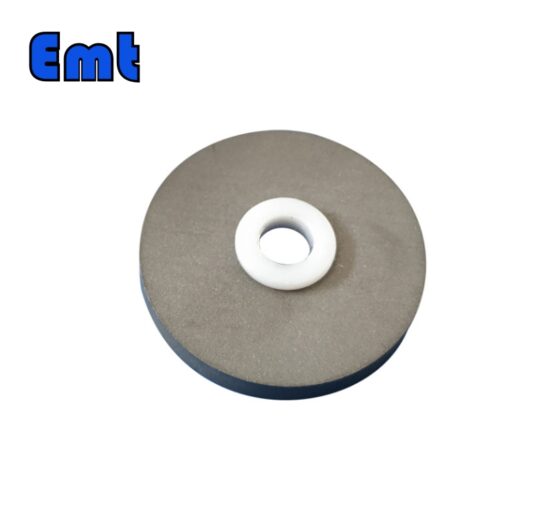
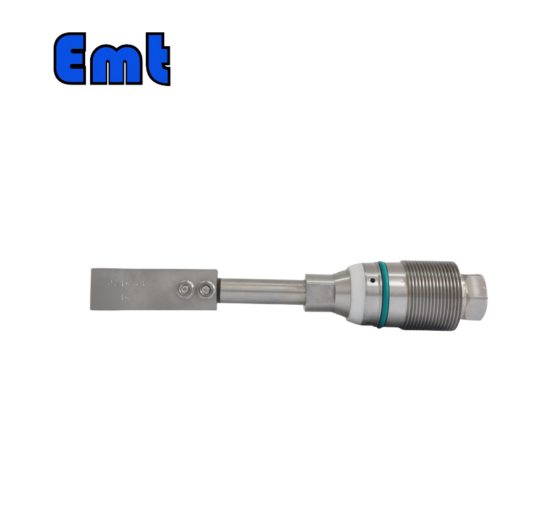
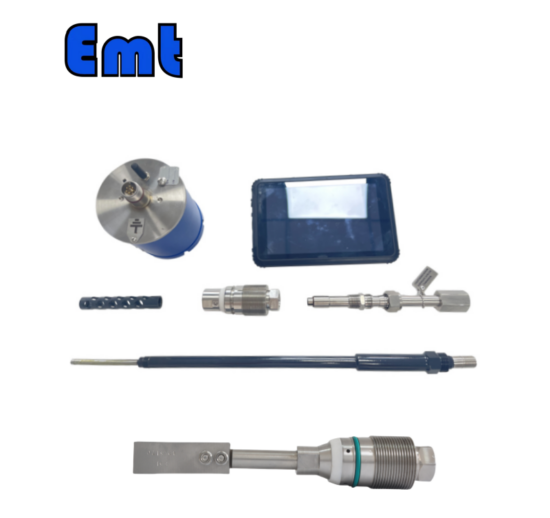
Отзывов пока нет.